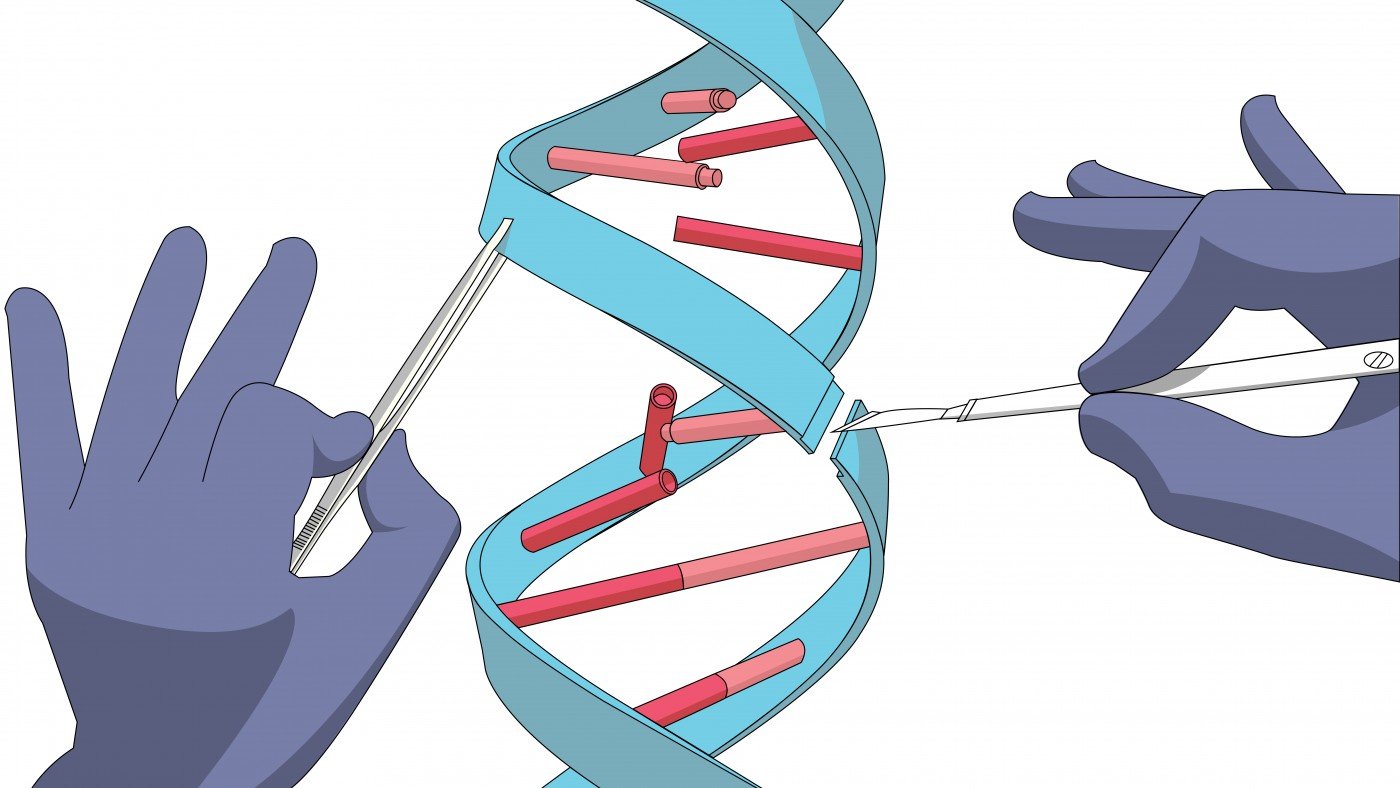New Gene Editing Technique May Correct DNA Mutations in Diseases like SCA, Study Shows

Researchers have provided more evidence of the accuracy of a recently developed gene-editing technique, showing that the method precisely induces site-specific DNA alterations in the genome. The study may have implications for gene therapy for conditions such as sickle cell anemia.
The paper, “Genome-wide target specificities of CRISPR RNA-guided programmable deaminases,” was published in the journal of Nature Biotechnology.
Currently, specific alterations in the genome are possible by using the third generation of gene-editing tools. So far, the most popular is CRISPR/Cas9, which cuts out a small DNA sequence at very specific regions. At the same time, it allows the insertion or deletion of nucleotides (basic components of DNA) into the genome.
Researchers fine-tuned the CRISPR/Cas9 technique to replace just one of the four basic DNA nucleotides: adenine (A), cytosine (C), guanine (G), and thymine (T). The new technique may correct single-nucleotide errors in DNA, known as point mutations.
Importantly, gene-editing tools have a probability of inducing mutations in nucleotide sequences that are very similar to the target gene sequence. They’re called off-target mutations.
In this study, researchers developed an informatics tool to assess the accuracy of single-nucleotide editing. They improved an existing computer program (Digenome 2.0) to identify off-targets in the entire genome. This computer software may also help increase the specificity of the nucleotide-editing.
“It is the first time that the accuracy of this base editor has been verified at the whole genome level,” Kim Jin-Soo, the leading author of this study, said in a press release.
The team found that the base editor technique is more accurate than CRISPR-Cas9 because it induces fewer off-target DNA changes. The base editing technique induced C-to-T conversions in 1 to 67 sites in the human genome, while CRISPR/Cas9 caused cleavages in 30 to 241 sites. “Therefore, it is expected that these base editors will be used as widely as the popular CRISPR technology,” Kim Jin-Soo said.
This new technique may offer a powerful approach to treat inherited genetic diseases associated with gene point mutations, such as sickle cell anemia. These patients have one of these point mutations in the β-globin chain of hemoglobin, and could have this mutation corrected by this technique.






